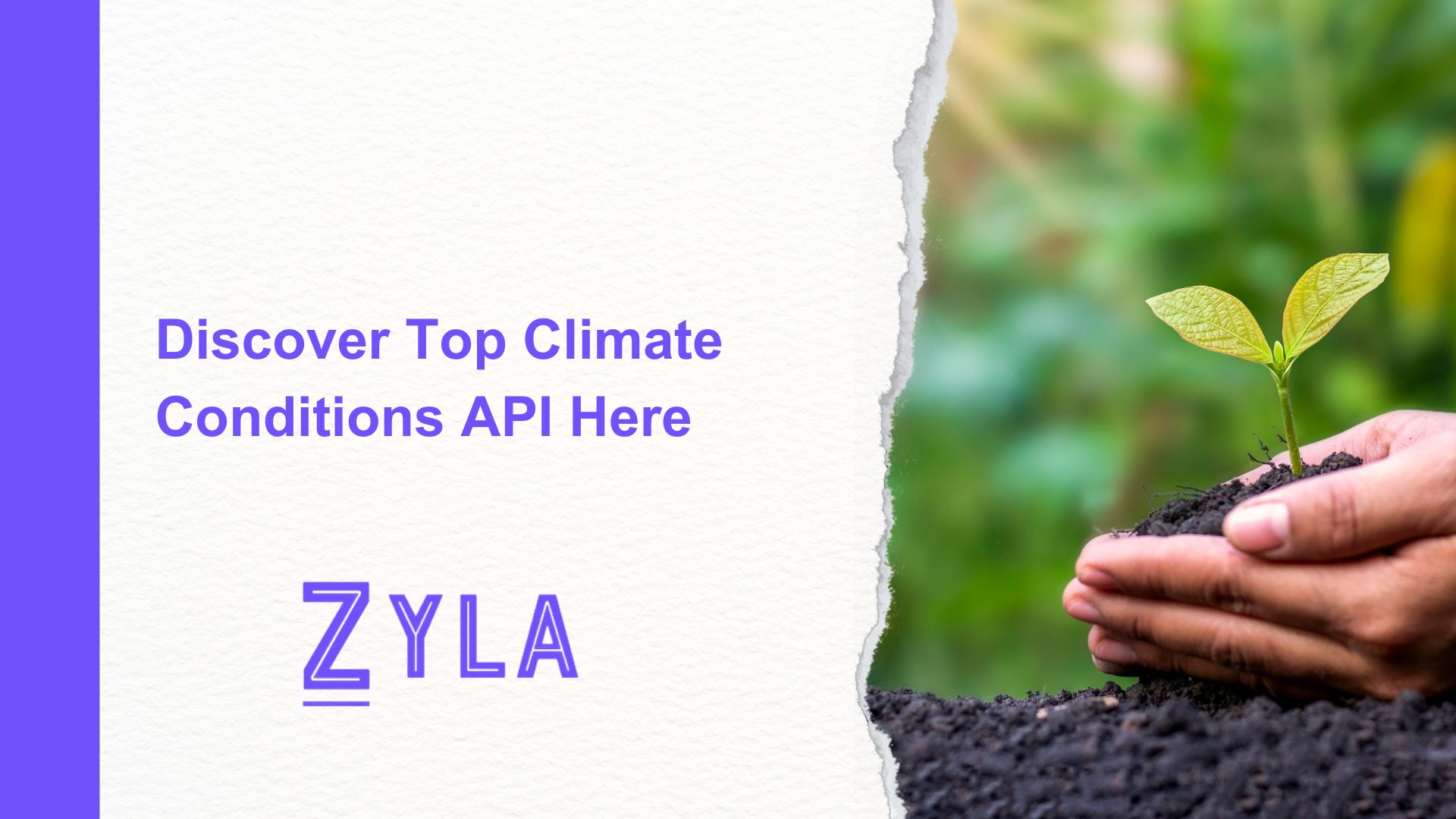Discover Top Climate Conditions API Here

With how quickly the world is changing and how weather may affect many facets of our lives, a Climate Conditions API has become a vital resource for both individuals and organizations. These APIs give customers access to forecasting capabilities and real-time meteorological data, enabling them to plan ahead more effectively and make educated decisions.
Accuracy and dependability are critical considerations when choosing an API. Because even small inconsistencies can have a big impact on planning and decision-making, users rely on these APIs to deliver accurate and up-to-date weather information. It's important to take into account the coverage and data sources that a Climate Conditions API uses.
Maximizing the Potential of a Climate Conditions API
The Climate Conditions API's real-time updates give customers immediate access to the current weather, facilitating quick decision-making in reaction to shifting weather patterns. Real-time weather data is essential for maximizing efficiency and avoiding interruptions in a variety of applications, including supply chain logistics adjustments and outdoor event preparation.
Apart from providing real-time updates, the Climate Conditions API enables users to retrieve historical weather data, which facilitates comprehensive examination of previous weather patterns and trends. Businesses may more precisely predict future weather conditions, identify potential dangers, and take preemptive steps to lessen their effects by looking at previous data.
One of the key advantages of it is its flexibility in customizing API requests to meet specific requirements. Whether it's accessing weather data for a particular location or retrieving specific parameters such as temperature or precipitation, users can tailor their API requests to extract relevant information tailored to their needs.
By harnessing the power of real-time updates, historical data analysis, and customizable API requests, businesses can unlock the full potential of the API and leverage weather data to drive informed decision-making and strategic planning initiatives.
Zyla API Hub
Zyla was established due to the realization that developers face similar difficulties when integrating different APIs into their apps. They want to remove these obstacles by creating an API hub that offers a single account, API key, and SDK. In order to benefit developers by making the available APIs known and expediting the release of new ones, Zyla made the decision to make its center publicly accessible.
1) To start testing, choose the API from your dashboard. To access the API's own homepage, just click on its name. All of the API's documentation, endpoints, and usage guidelines are available on this page.
2) Activating an API subscription is the first step towards conducting tests. Take advantage of every single seven-day free trial that is provided. It's crucial to remember that there will only be one hub API available during the trial period. Every hub API includes a test function. There is a testing area on the API page. Select "Test Endpoint" from this menu, then change the parameters as needed.
3) Visit the website to view the test results. You can evaluate the usability and usefulness of the API solution for your project by finding out more. Remember that you are losing some of your subscription each time you use an API request for testing.





